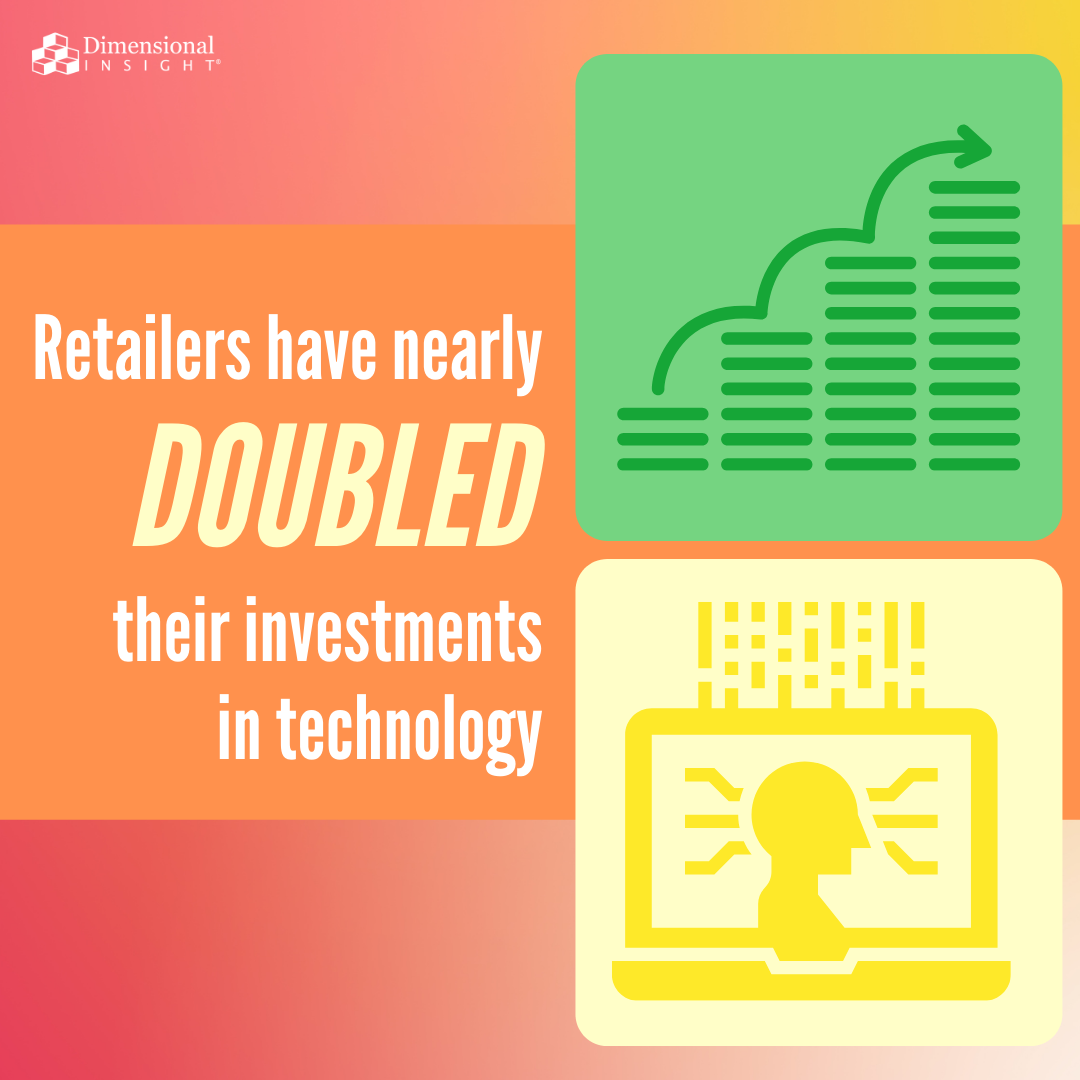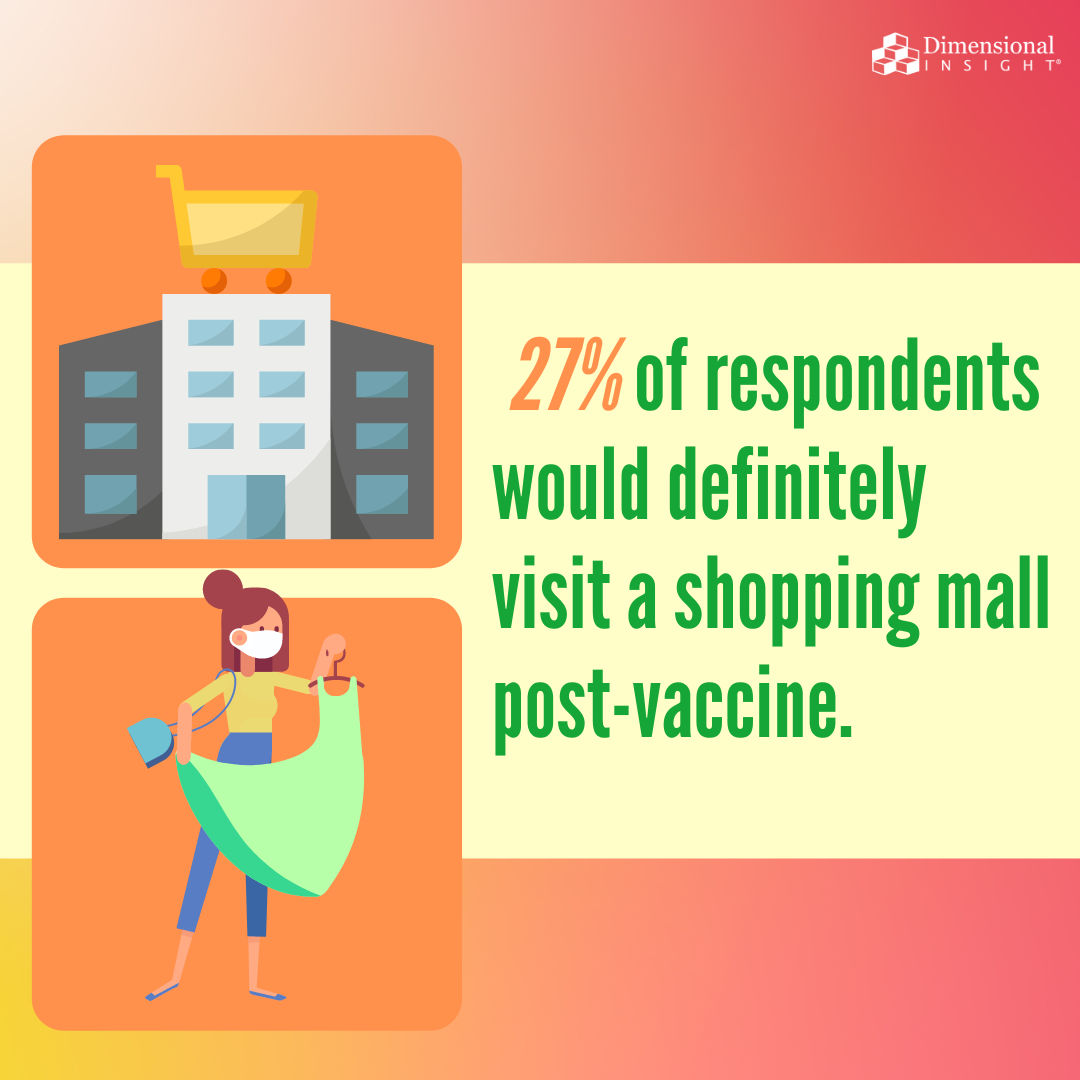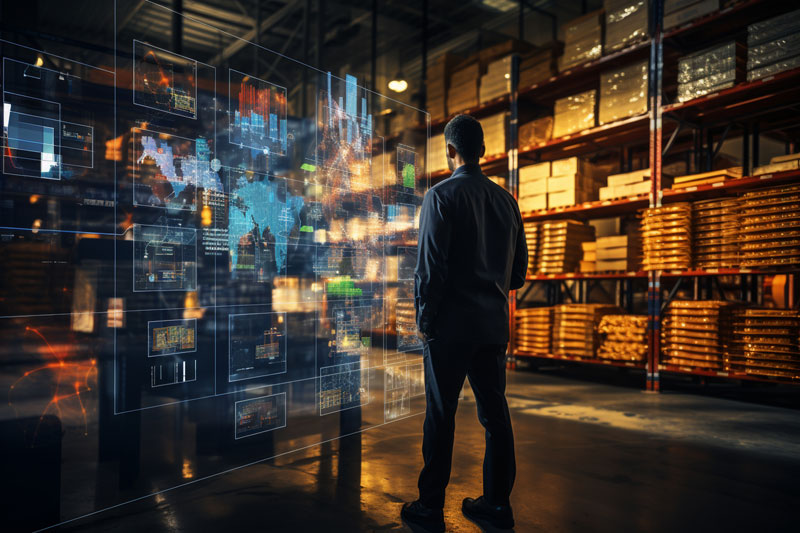A global semiconductor shortage. Bare supermarket shelves. Shipping containers backed up at ports. The focus on the supply chain over the past year-plus has been mostly on manufacturing and shipping—looking at whether companies were able to make their products in the same way, and then once they were made, getting those products to their destinations.
But the final step of the supply chain, where a product gets to a customer from the store, has undergone a major shift as well. Organizations have been forced to address the omnichannel trend, rethinking how they get their products to their customers and the different ways they need to look at the data as a result.
Changes to the supply chain
The pandemic caused many changes throughout the supply chain. Some organizations had plans in place because of previous disruptions, such as hurricanes or other natural disasters. Others learned on the fly where their weak spots were as they were forced to map out their entire chains for the first time. Still others found they could repurpose certain elements of their business, shifting goods bound for shuttered office buildings to supermarkets or other businesses that remained open.
Supermarkets and retailers, though, went through changes of their own as the omnichannel trend was accelerated. A CB Insights report shows that in the past year, retailers have nearly doubled their investments in technology that make supply chain and logistics flow faster and more efficiently, spending $8.6 billion. The report predicts organizations will incorporate even more technology to improve the shopping experience for customers both in-store and online.

Retail changes
In some cases, the pandemic forced retail stores to accelerate plans they already had to upgrade their digital shopping experience. Other times, they found it necessary to implement elements they otherwise wouldn’t have. Curbside pickup, for example, was an experiment some retailers were exploring for the future that became a necessity almost overnight. There are a number of different ways a customer can obtain a product from a retailer, including shopping in person, having the product shipped to a person’s home from the store, having the item shipped to the store to be picked up inside, and curbside pickup. All of these have different impacts on profits.
Another option—one of the most profitable from the retailers’ point of view—is to ship directly from a distribution center. As a result, many organizations are building new warehouses in strategic locations. The Lehigh Valley in Pennsylvania is one such area. Major interstates are nearby that allow access to 30 percent of American consumers within a day’s truck drive.

Data to consider
A September 2020 survey of 14,500 adults around the world by IBM’s Institute of Business Value showed that just 27% of respondents would definitely visit a shopping mall post-vaccine. Even if that number is a low estimate, the fact is buying habits have changed and omnichannel is something organizations need to continue to plan for.
For many organizations, online shopping elements on their websites have not been a priority. They will need to follow the lead of companies that have found success with different approaches online, some from even before the pandemic. Stores like Lowe’s and Home Depot began implementing a technology strategy in 2019, the end results of years of focus on supply chain and omnichannel. The visibility they offer customers when they shop online, where they can see how much of a particular item is in stock and where exactly in a store it is located, is the kind of information customers are beginning to expect in an online experience.
For many organizations the shift from customers shopping in the store in person to shopping online means a shift in labor costs. As opposed to the customer doing the work in the store of picking an item from the shelf and checking out, with an online order retailers are shopping themselves and then either bringing the order to a curbside or readying it for shipping. Using data to identify how best to use workers and divide up task—rather than add a task to a worker’s already full plate—will help make the shift to omnichannel profitable.

- Summer is an Opportunity for Digital Transformation in Education - April 17, 2024
- Your Car is Tracking More than Miles per Hour - April 11, 2024
- Data Can Help Provide Equal Footing in Cannabis Space - April 3, 2024



